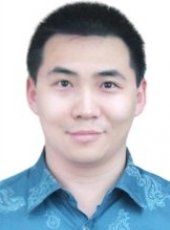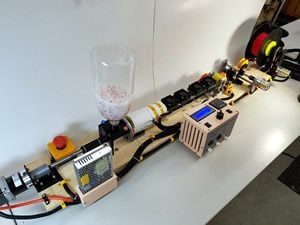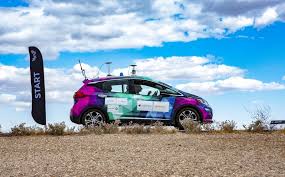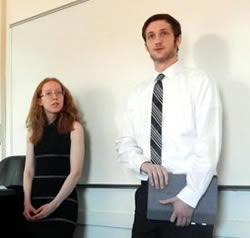
Zhuo Feng (ECE/ICC) is Principal Investigator on a project that has received a $500,000 research and development grant from the National Science Foundation. This potential three-year project is titled, “SHF: Small: Spectral Reduction of Large Graphs and Circuit Networks.”
Extract
Spectral methods are playing increasingly important roles in many graph and numerical applications. This research plan will investigate a truly-scalable yet unified spectral graph reduction approach that allows reducing large-scale, real-world directed and undirected graphs with guaranteed preservation of the original graph spectra.
The success of the proposed research will significantly advance the state of the arts in spectral graph theory, electronic design automation (EDA), data mining, machine learning, as well as scientific computing, leading to the development of much faster numerical and graph-based algorithms.
The algorithms and methodologies to be developed will be disseminated to leading technology companies such as EDA software and network companies for potential industrial adoptions. Spectral graph reduction algorithms/software packages will also be made available to other researchers through collaborations.







